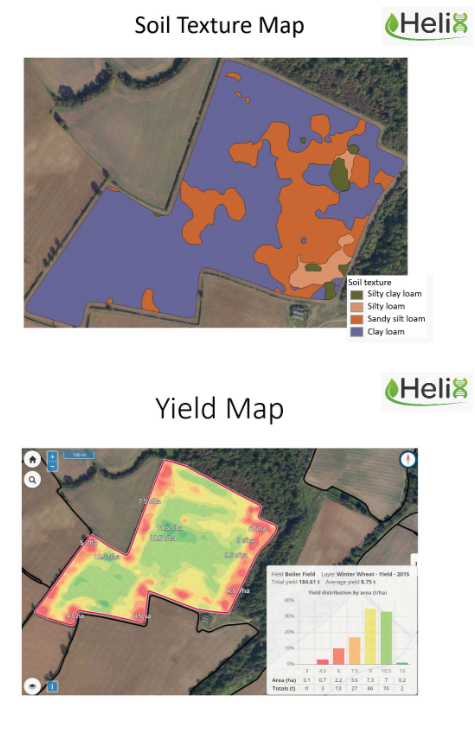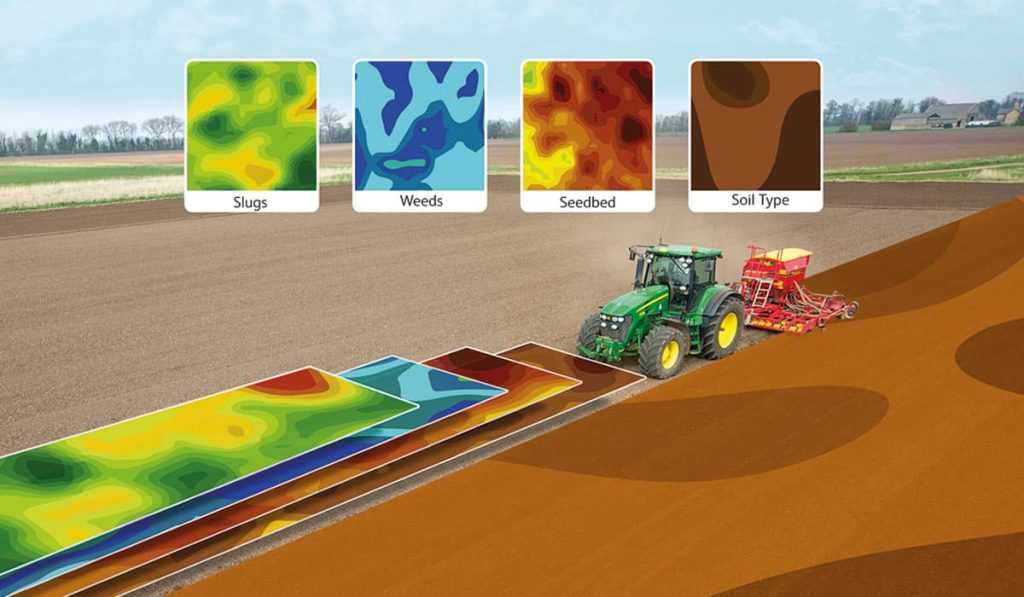Optimising at farm and field-scale
This project looks at how technology can be used to improve economic output, from a whole farm and field-scale basis.
- Aims to improve our ability to evaluate parameters of yield and costs of production
- To determine low and high productivity and make appropriate decisions
- To help guide input management decision making.
Project Optimising Outputs Update
Neil Watson explains how Helix is testing the limits of yield mapping to identify key variables for management to optimise output
Helix Optimising Output Project
What will I see?
We are taking yield mapping to the next level, using year-on-year data to build up a picture within Omnia, allowing us to identify areas that yield consistently well or poorly.
This has allowed us to make management decisions such as taking land out of production, or incorporating this information within a variable rate drilling plan.
Now, the Helix project is further testing this theory by assessing inputs in different areas of the field.
Would it be better, for example, to look at farming more closely to soil zones and to manage the crop potential that equates to that zone?
This would include managing seed rates by each soil zone’s potential, rather than just trying to adjust seed rates, to ensure an even plant establishment across the entire field.

Taking the mapping of soil zones to the next level using Omnia zones to the next level using Omnia cost per tonne of production mapping.
What’s the benefit to me as a grower?
- Targeted management of individual soil zones to improve soil health and crop potential
- Greater efficiency of variable rate applications through more specific targeting
- Input efficiencies to minimise carbon footprint.

Using Omnia to manage seed rates by each soil zone’s potential, to ensure an even plant establishment across the entire field.